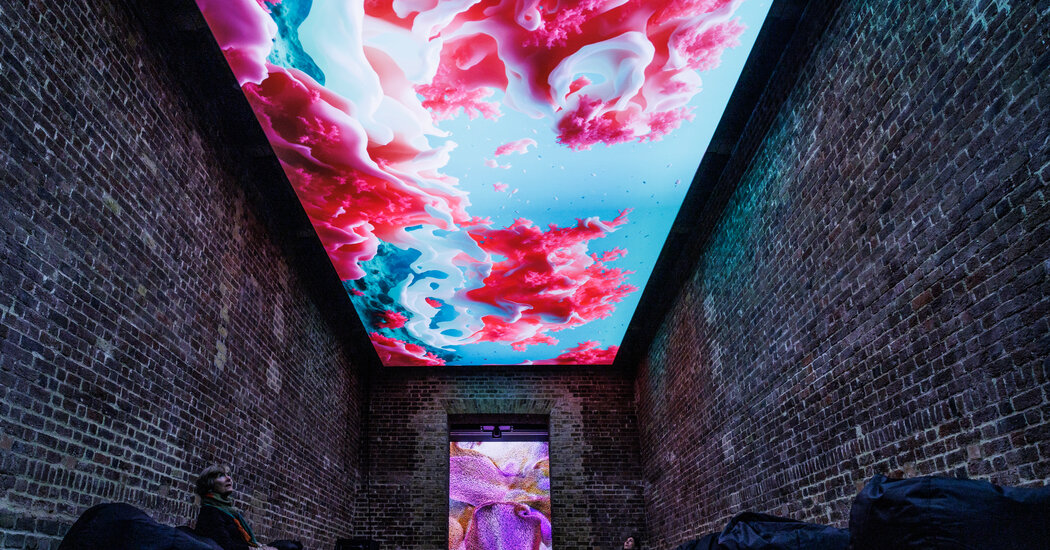
Anadol said that every artist wants to see “what is beyond reality” and “perceive worlds that don't exist.” Artificial intelligence is a vehicle for the imagination, which he says could represent “hallucinations, dreams, fantasies.”
The technology we deal with today is no longer “just a pen, or a printing press” and “not just a car or a wheel”. Instead “it's intelligence”, he said, she said. “It's mimicking our reasoning right now and will evolve. It will turn into something else.” And this “has never happened before in our history”.
Currently, he explained, artificial intelligence is “50% human, 50% machine”. In the future, she said, artificial intelligence will be “designed from the ground up: to see, to hear, to feel” and to produce “a living art form” that will be “a synthetic being.” take “the archives of humanity and what we are leaving behind” – not just an image, a text or a sound, but “a scent, a taste, a touch” – and convert them into data and memory with which can create art.
He described the AI as “a thinking brush that doesn't forget, that can remember anything” and said he would “invite that AI into my studio, host it and cocreate” with it. “I will accept that AI as a human being,” she said.
Anadol's “Echoes of the Earth” exhibition was born from an invitation to exhibit at the Serpentine Galleries by its artistic director Hans Ulrich Obrist.
In an interview in his office at the Serpentine, Obrist recalled that in October 2011, after giving a speech in Marrakesh, Morocco, he was approached by a London-based artist and technologist who said he didn't understand why museums didn't they engage with technology anywhere except on their website. Obrist said he gathered the artist and a group of others for a breakfast roundtable a few days later and, in 2013, founded the Serpentine's technology division, which today has five curators.
